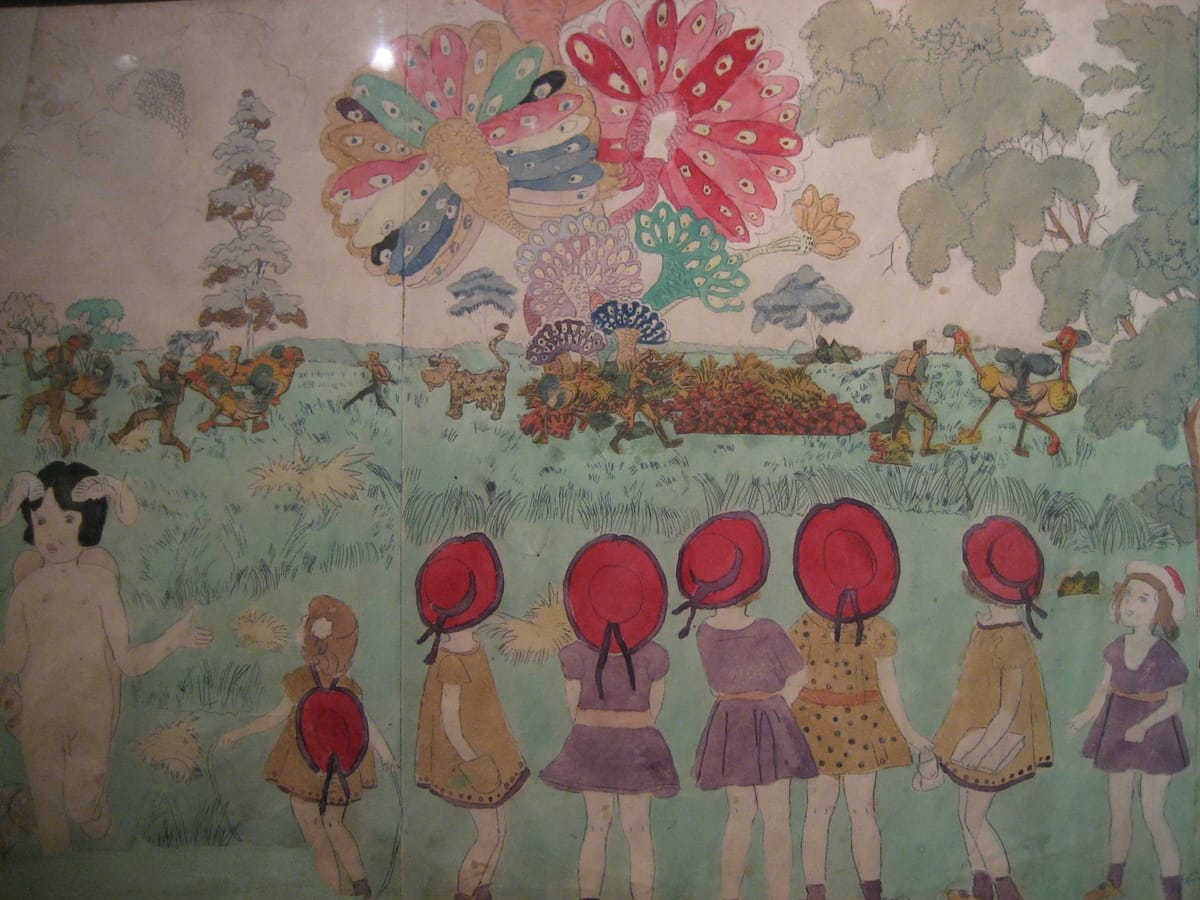Gloomy Sunday – The Song Said to Be a Call of Death
Gloomy Sunday is a song that breathes sorrow, a melody whispered through history like a secret no one dares to keep.

Gloomy Sunday, the haunting Hungarian song became known as the “suicide song.”
Budapest, 1930s. A small room, curtains drawn, the air still heavy with the scent of a burnt candle. The police find a young woman dead, a suicide. On the table lies a piece of paper, but it is not a farewell letter. It is sheet music. At the top is a name that would soon become known across Europe,
“Szomorú vasárnap”, Gloomy Sunday.
The song had only just been published, but stories immediately began to wrap around it, stories that made it something more than music. It became a legend, soon called by the name that has survived to this day, “the suicide song.”
The Song That Would Not Let Go
Szomorú vasárnap was born from despair. Its composer, the Hungarian musician Rezső Seress, was poor and depressed, his life filled with disappointment. He wrote the song in 1933, a simple but heavy melody, with lyrics about death and the hope of meeting a loved one again beyond the grave.
The song found its audience quickly, but something else spread with it. Newspapers began reporting cases where people had ended their lives, and beside them, the lyrics or sheet music of the song had been found.
One man shot himself, and on his record player, Gloomy Sunday was playing. From another apartment, only the song’s lyrics were found, left behind as a farewell. Soon there were so many stories that no one could tell what was true and what was exaggeration.
Some reports spoke of dozens, others of hundreds of cases. It was as if the song itself had become a poison, a melody that spread death wherever it was heard.
The Forbidden Melody
When Szomorú vasárnap was translated and spread from Hungary abroad, its reputation always arrived first. In England and the United States, the song began to be called Gloomy Sunday, and it soon gained another name, “the suicide song.”
As the stories grew, even the authorities began to fear its influence. The BBC banned the song from its radio broadcasts starting in the 1930s. The ban remained in effect for decades, until the 2000s. It was feared that its melancholy tone and death-longing lyrics would be too much for those already standing at the edge of despair.
Gloomy Sunday was no longer only music. It was a dangerous experience, a forbidden melody that darkened the listener’s mind, at least if one believed the warnings of newspapers and rumors.
The Composer’s Fate
The song’s fame grew, but the life of its creator never rose to the same scale. Rezső Seress lived his whole career in the shadow of poverty and depression. He received brief attention for Gloomy Sunday, but its dark reputation marked him as well.
He continued composing and playing in cafés, but life brought him no great success. Friends and colleagues remembered his melancholy nature, as if he always carried within him the same heavy tone he had once written into notes.
In 1968, Seress took his own life.
He jumped from the window of an apartment building in Budapest. Seress survived the fall and was taken to the hospital. There he ended his life for the second time, by strangling himself with a piano wire.
When the news spread across the world, it seemed to complete a dark circle, the song that had gained a reputation as a melody of death had finally taken its composer with it.
Song or Curse
Gloomy Sunday has remained part of cultural history, both as music and as a story. Its melody is still beautiful and mournful, but around it lingers a shadow that has not faded over the decades.
It is true that the song was connected in the 1930s to several suicides, and that Seress himself ended his life. It is also true that the BBC kept it banned for decades because of its dark reputation. But the stories of “hundreds of deaths” are probably more sensational myth than verified fact.
Still, the story lives on, because it touches something deep, can music truly affect us so much that it leads us toward death, or does it only reflect the human despair that seeks words and melodies for its darkest thoughts?
Gloomy Sunday may not be a curse, but it is a real reminder of the power of music, a melody that wraps around the listener and makes death feel near, and longing feel fatal.
Seress describes in the song a world that is gray and a life that is empty. In it, death is portrayed as a comforting release, a way to be reunited with love. Everything would end in a dreamlike calm.
But the question remains, was the composition forbidden for a reason,
or does an artist ever truly carry the weight of another’s actions?
Article by Mimo Warto
© ART Walkway 2025. All Rights Reserved.







